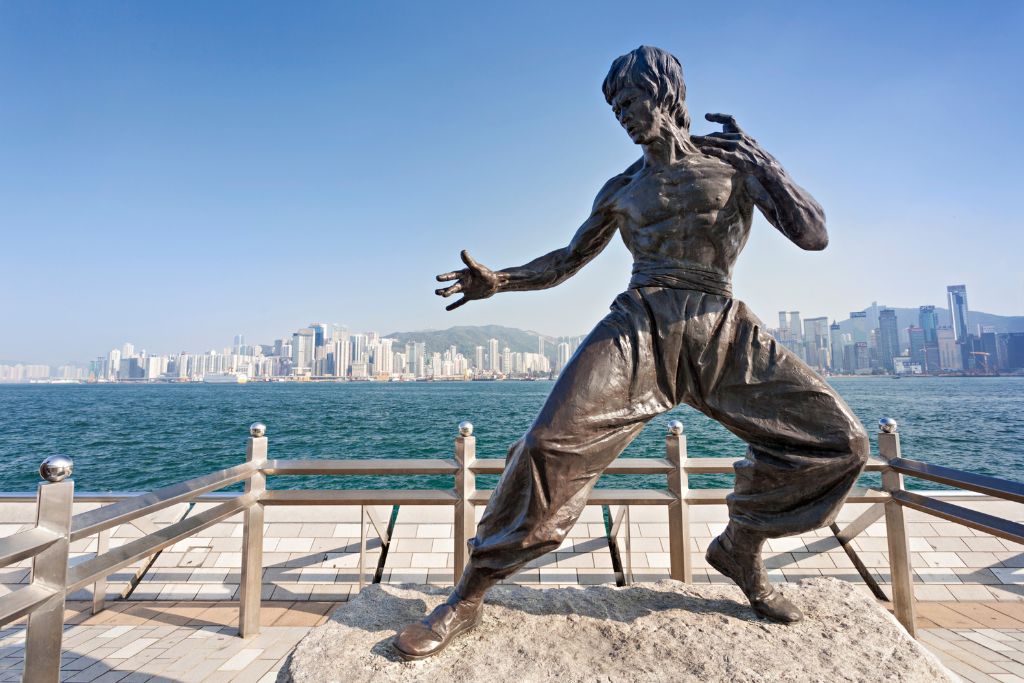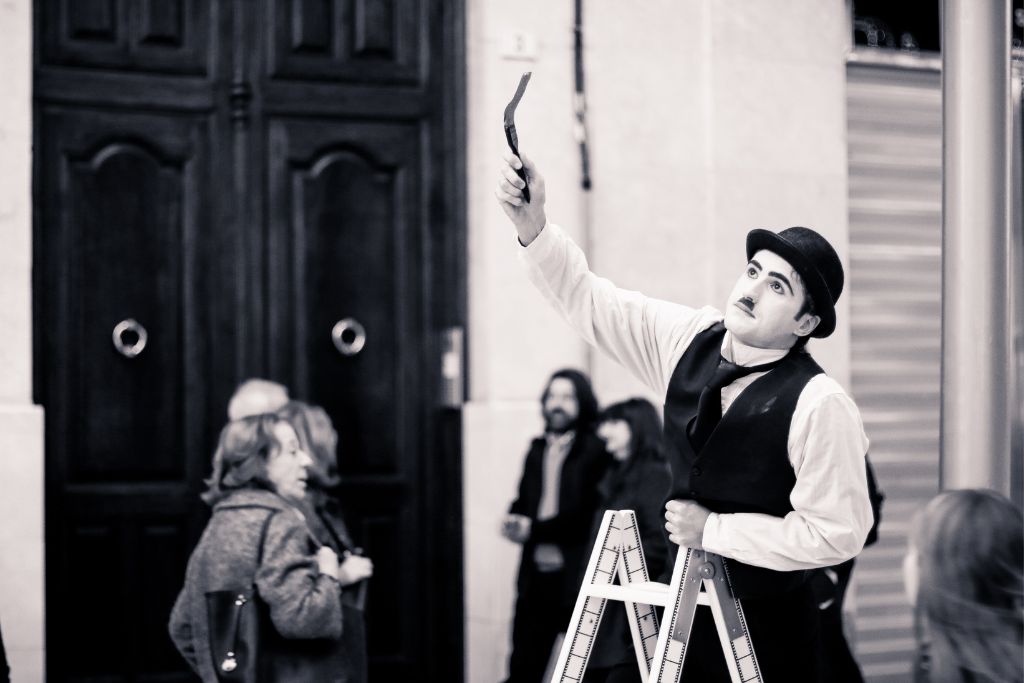Whether you’re looking for a new way to connect with your kids or want a way to motivate yourself, talking about an inspirational movie you’ve seen can do the trick. But how do you find a movie that will inspire you? Here are a few ideas.
Forrest Gump
Whenever you see a Forrest Gump movie, you can’t help but think about what it means to be inspired. Forrest is the kind of man who is never afraid to try new things, and he isn’t afraid to fail. He never lets anything get in the way of his happiness. He understands that everything has to be done from the heart.

In fact, Forrest’s stories reveal his courage to help friends during critical times. He also proves that it’s possible to achieve success. He also shows that he doesn’t take himself too seriously.
Bruce Almighty
Whether it was an accurate depiction of the universe or not, Bruce Almighty was a fun film to watch. The movie was written by Steve Koren and Mark Oedekerk and directed by Tom Shadyac. It also starred Morgan Freeman and Jennifer Aniston.

Basically, Bruce Almighty is about the power of prayer. A god tells Bruce he can have all his powers back if he stops complaining. It is also about free will. Bruce can’t tell other people that he’s a god or that he has godlike powers. He also doesn’t know how to use his powers or how to get omniscient.
Yes, Man!
Whether it’s to get a little money or help out the boss, a Yes Man is the kind of person who will say yes to just about anything. This means that they are often not very good at their jobs and can be a bit frightening.
Yes, Man is a humorous comedy that was directed by Peyton Reed and released in 2008. It stars Jim Carrey and Zooey Deschanel. The film was inspired by the life of British humorist Danny Wallace.

In Yes Man, Carrey’s character is a divorced bank loan officer. He’s very lonely and depressed. His boss is the tobacco company’s leader, Peter Griffin.
Memento
Having seen Memento, I have to say I was surprised by the film’s message. It’s about a man with anterograde amnesia who’s trying to solve the murder of his wife. It’s not a happy story, but it’s an inspirational movie.

There are numerous mini-noir detective stories within Memento. Each of them is a microcosm of the film’s larger themes. For example, the opening shot of the film shows a gun flying into Guy Pearce’s hand. He’s unable to remember the past couple of minutes of his life, but the film shows he’s able to find his place in the world.
Stand and Deliver
‘Stand and Deliver” was nominated for a number of awards, including the Independent Spirit Award for Best Feature Film. The film is based on the real-life story of Jaime Escalante, a high school mathematics teacher from East Los Angeles. The film is about an unlikely group of students who, with the help of their teacher, achieve academic success.
The film is also the debut feature of editor Nancy Richardson. It was a modest success, earning close to $14 million at the box office. It was also selected for preservation in 2011.

One of the most interesting things about the film is the way it demonstrates the importance of the small things in life. Among other things, the film highlights the importance of having confidence, chasing your dreams, and giving your best in everything you do.
The Butterfly Effect
Whether you’re a scientist or not, you’ve probably heard of the butterfly effect. It’s the idea that small actions can have big consequences. For example, saying something nice to a friend may not mean much at the moment, but later in the day, it could have a big impact.

The butterfly effect is also an important concept in chaos theory, which explains how unpredictable events occur. Scientists are using this theory to help them understand a variety of complicated systems, including ocean floors and stretch marks on plastic bags.
Charlie Chaplin’s “Strange Fruit”
During the silent era, The Tramp was an icon of world cinema. Chaplin played the character in 25 of his films. He also wore the character in his 1931 sound production City Lights.
The Tramp is driven insane by his obsession with effectiveness. This could be seen as an attack on the rationalization of production in capitalism. Chaplin emphasized the contrasts between the characters’ environments. He used clothing to build contrasts and to convey emotional states.

Chaplin worked without a script. He noted each shot and chose the best scene for editing. He also filmed variations of scenes.



